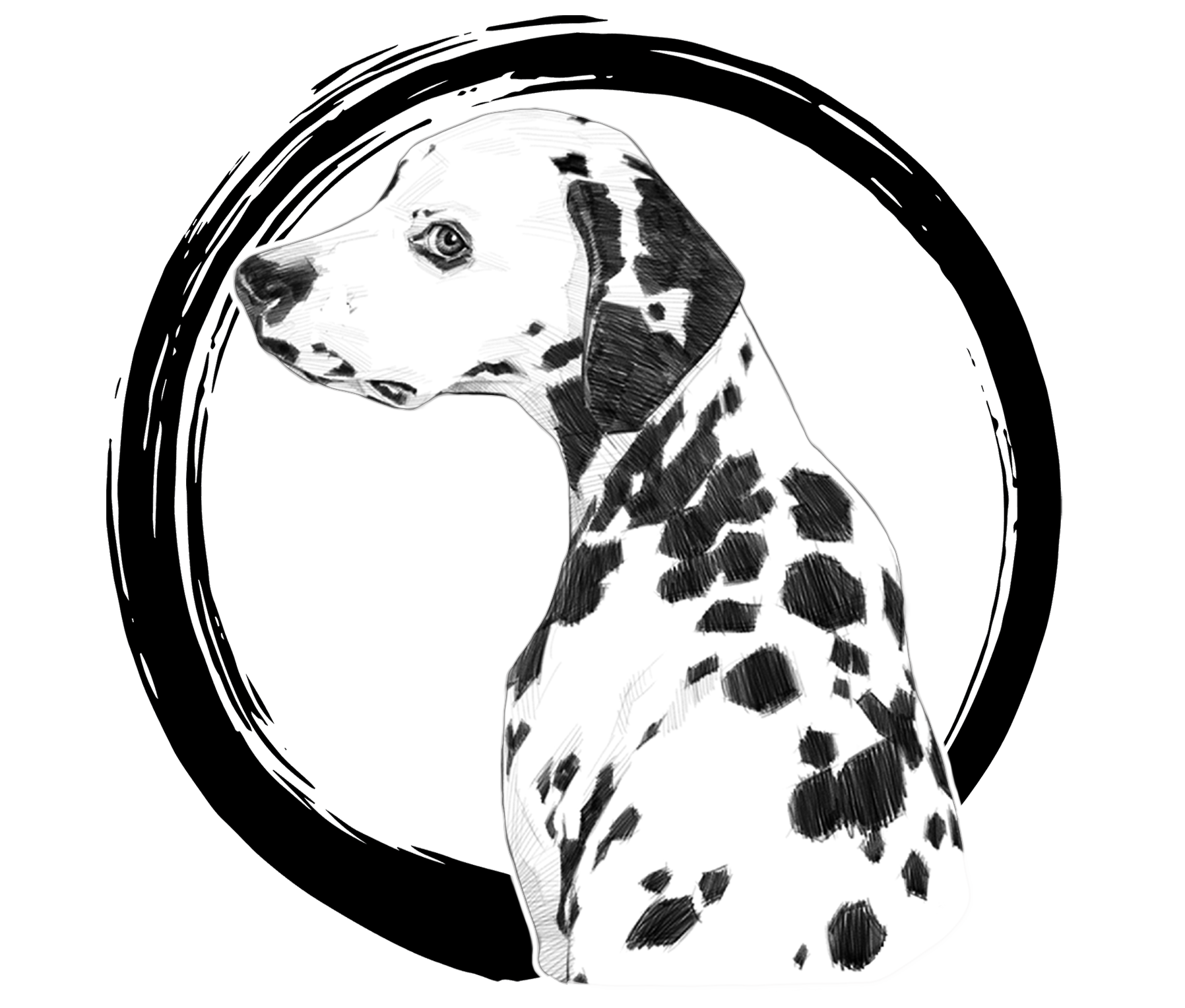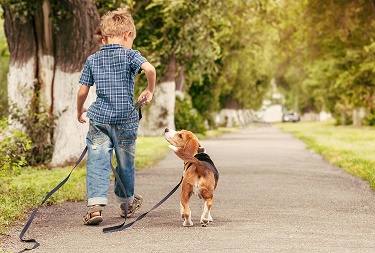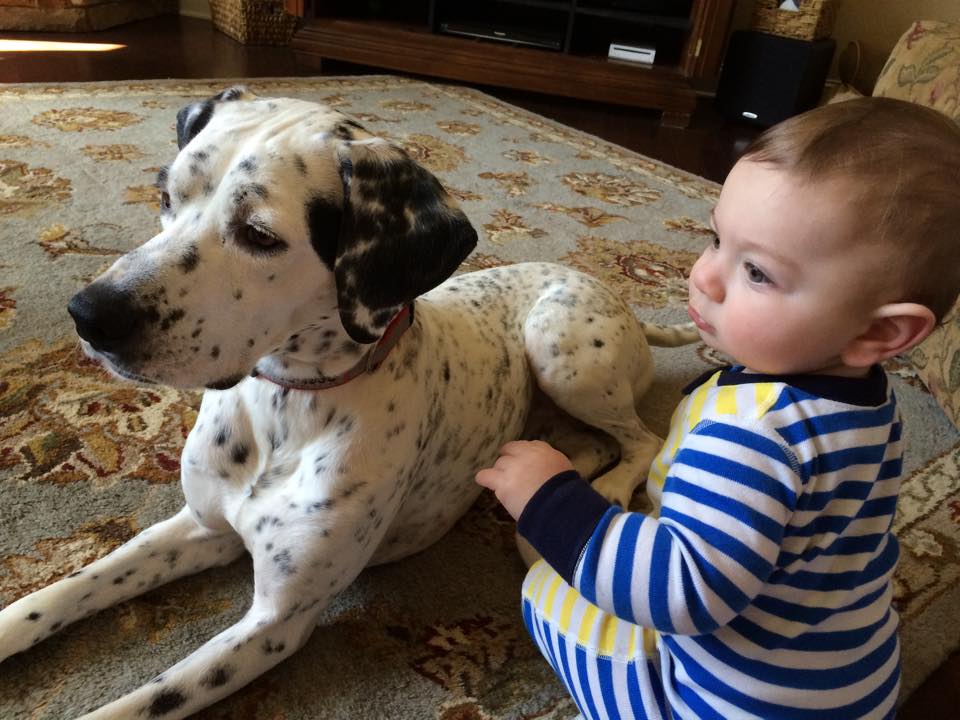No mugging is a wonderful skill for all dogs, but especially those around children or where food is used frequently during training. No mugging is one of the foundational skills we consider essential for a well mannered dog.
No mugging is very simple. As with many skills I teach, no mugging is a “default” behavior. In other words, I don’t use a cue. I don’t say anything. I don’t want the dog to leave me alone only when I say “leave it”. I want him to leave my hands alone unless I offer something. I don’t get mad when he nuzzles my hands. I just show him I have no treats, and pretty soon he figures out that he gets good stuff by being polite.
What we do wrong…(and what we can do right)
The hardest part of no mugging is teaching ourselves to reward the good stuff. It’s really easy to just respond when the dog “pokes” you. Instead, wait for when he isn’t poking you to reward him. We will practice this directly with no mugging, but you can actually do this with most irritating or “demand” behaviors. So remind yourself to look around for your dog when you haven’t heard from him for a while, and just pet him or drop a treat for him to let him know you appreciate him!
The Basics
With your pup nearby, grab a treat or three. Close your fist completely around the treats. Hold your fist (with treats) out in front of you. Wait. Your pup will almost invariably reach for your hand. Keep your fist gently closed. He may mouth it, bump it with his nose or even paw at it. Wait. The microsecond that he backs away, say “Yay!” And open your hand and give him the treat. Repeat. Your success at this skill will depend on your timing. Repeat this 5 or 10 times in a row and gradually lengthen the amount of time before giving him the treat—don’t make it too long. 1 to 3 seconds is more than enough. After several repetitions, your dog may offer you a sit. If he does—reward with 3 or 4 treats immediately! It’s really hard to mug someone when you are sitting politely!
Children
If you have children in the house, make sure to practice this with all adults before starting with the kids. When you first start practicing with the kids, I suggest starting with low value treats like cheerios instead of hot dogs. Stand behind the child and wrap YOUR fist around the child’s fist. This way if Fido gets excited and grabs too hard, he gets a fistful of you, and doesn’t frighten the child. Gently coach the child through the process, opening your hand (and theirs) large and flat when it is time to give the treat. Your
presence will helps Fido remember the exercise. As Fido progresses, you can switch to you holding your fist beside the child’s fist, and then just standing behind the child. Until your pup learns this skill, make sure the kids do not carry yummy stuff around with them. Have the kids eat at the table, and have Fido gated off so he can’t mug them. The more Fido practices bad behavior, the harder it is to teach him good behavior! You can let him in after mealtime to do cleanup.
Advanced Practice
- Practice in different positions—sitting down, laying down etc.
- Practice doing this when your pup gets too mouthy
- Once your pup has the idea, you can even start asking for cued behaviors (such as down, wait, paw, etc.) before giving him his treat.
- Practice after moving—so if you are practicing recalls or loose leash walking, and your pup is doing super well, toss in a few “no muggings”. Remember to keep it easy, you don’t want to do too many new things at once!
- Try this in new locations once your pup has settled down a bit and is willing to pay attention to you. This game is super calming for most puppies, and it’s a great way to pass the time and have a little fun between bouts of checking out the wide and wonderful world!
Other resources
This technique is beautifully presented by Emily Larlham of Kikopup—check out her YouTube video:
https://www.youtube.com/watch?v=PRT6r6d79OU
For the dog with extra challenges, you might want to check out this errorless method by the amazing Sarah Ownings:
https://vimeo.com/253173673
About the author: Kate Coberly is best known as the founder of DT101 Community. She is a Certified Dog Behavior Consultant with IAABC and has a PhD in biology. She currently works locally and via video on dog behavior issues including aggression and OCD. She lives with her husband, 7 pointers, 3 horses and 1 cat on a farm in Oregon.




